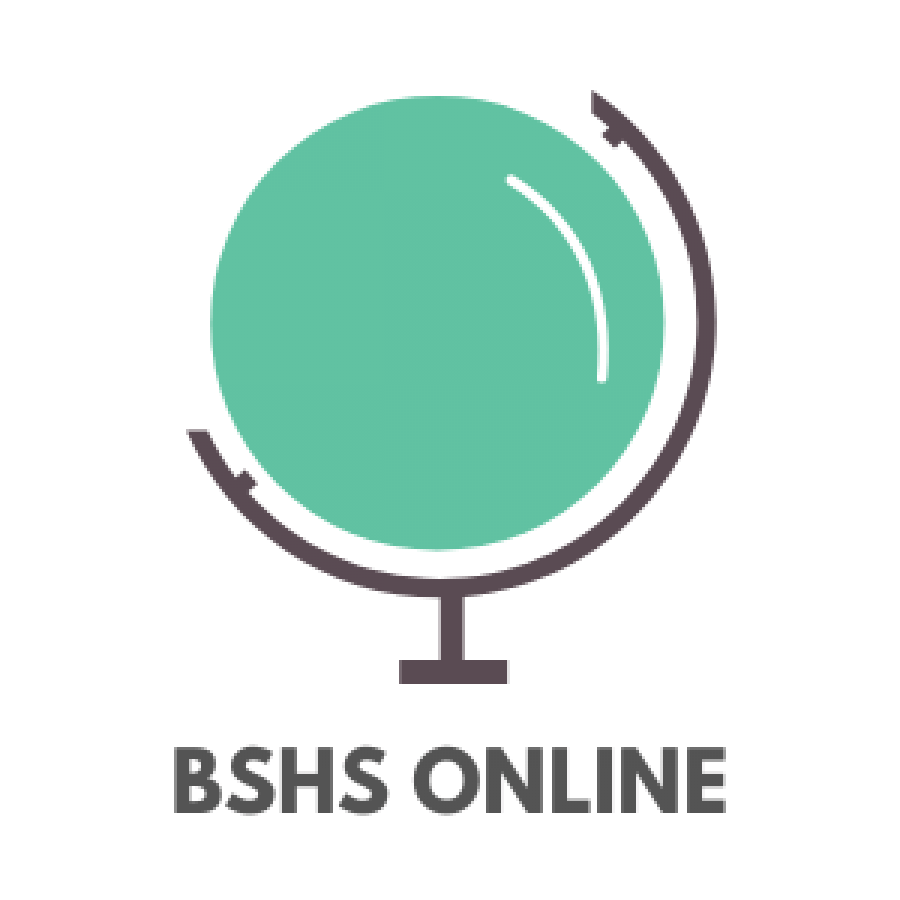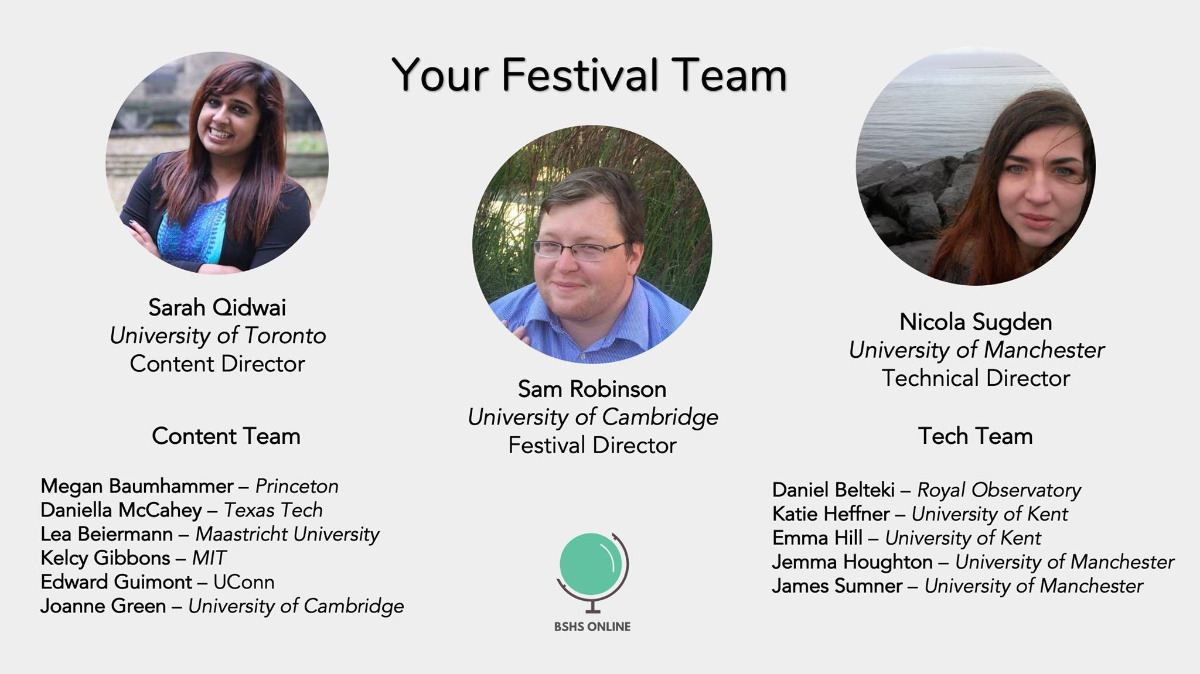Discussing datasets at the global digital history of science festival
Media
Image

Blog content
Before the intervention of the coronavirus pandemic, we had planned to host a symposium discussing the development, use and re-use of the kinds of large datasets generated by the TRANSGENE project. This was to be held this summer at the British Society for the History of Science (BSHS) conference to be held in Aberystwyth, Wales. Fortunately, in the wake of its cancellation, the BSHS instead convened a ‘global digital history of science festival’, which took place entirely online, broadcast free over the video platform Crowdcast. As a result, we adapted our planned symposium for this new format. As previously planned, the speakers included James Lowe of TRANSGENE, Kate Bowell (also from Science, Technology and Innovation Studies at the University of Edinburgh, as well as the National Museum of Scotland) and Jan Surman (of the Poletayev Institute for Theoretical and Historical Studies in the Humanities, HSE University, Moscow).
The panel dealt with the generation and use of large-scale datasets, particularly focusing on the historiographical and methodological decisions that went into their creation, the role of qualitative research in shaping their form and analysis of them, and the consequences of this for their potential re-use by other researchers.
The session was ordered in terms of the level of development of the datasets. Kate Bowell began by detailing how she has gone about compiling and analysing a dataset based on the thousands of science and technology exhibition labels at the National Museum of Scotland. She discussed their role as an archive within the museum itself, as well as the issues she has had in cataloguing the various features of them, and the challenges she currently faces due to the pandemic restrictions.
James Lowe then introduced how and why the TRANSGENE project collected millions of submissions of DNA sequences to the European Nucleotide Archive, derived data on tens of thousands of publications from those sequences, and generated co-authorship networks from these. He detailed the intimate conversation between qualitative research and the generation and analysis of the quantitative datasets and network visualisations that has continued throughout the project. This triangulation between different kinds of sources and data enabled the identification of blindspots and correction for them. But it raises the question of the extent to which the datasets can be re-used by scholars engaged in different qualitative and historiographical pursuits.
Jan Surman concluded by presenting a complete database of around 6,000 scholars from the Habsburg Empire from the mid-19th century to its dissolution. He has already used this database as part of a project to examine their career trajectories and the significance of their languages in a multi-national empire. He is interested in how this complete dataset can be re-used beyond the original project it was established for.
The presentation of these talks was unusual. For the speakers, it appeared as if they were all participating in a Zoom call, now familiar to many people and even a normal part of their working day. However, the presenter was being broadcast to an audience of over 70 people viewing it worldwide. After the presentations, the BSHS facilitator fed up questions submitted from the viewers through the Crowdcast platform. These ranged from very specific technical questions to more broad-ranging requests. It is a format that is not as discursive as an in-person conference would allow, but allows for plenty more feedback and questions than would be possible in such an environment.
The BSHS deserve a great deal of credit for creating such an event, a possible model for future events as we deal with this current pandemic – or future ones – as well as restrict our travel to ameliorate the worst effects of climate change. To the extent that in-person conferences may be possible in future, some kind of hybrid of the ‘business-as-usual’ and the innovative new event models popping up this year may help to make the most of the advantages of both approaches.

